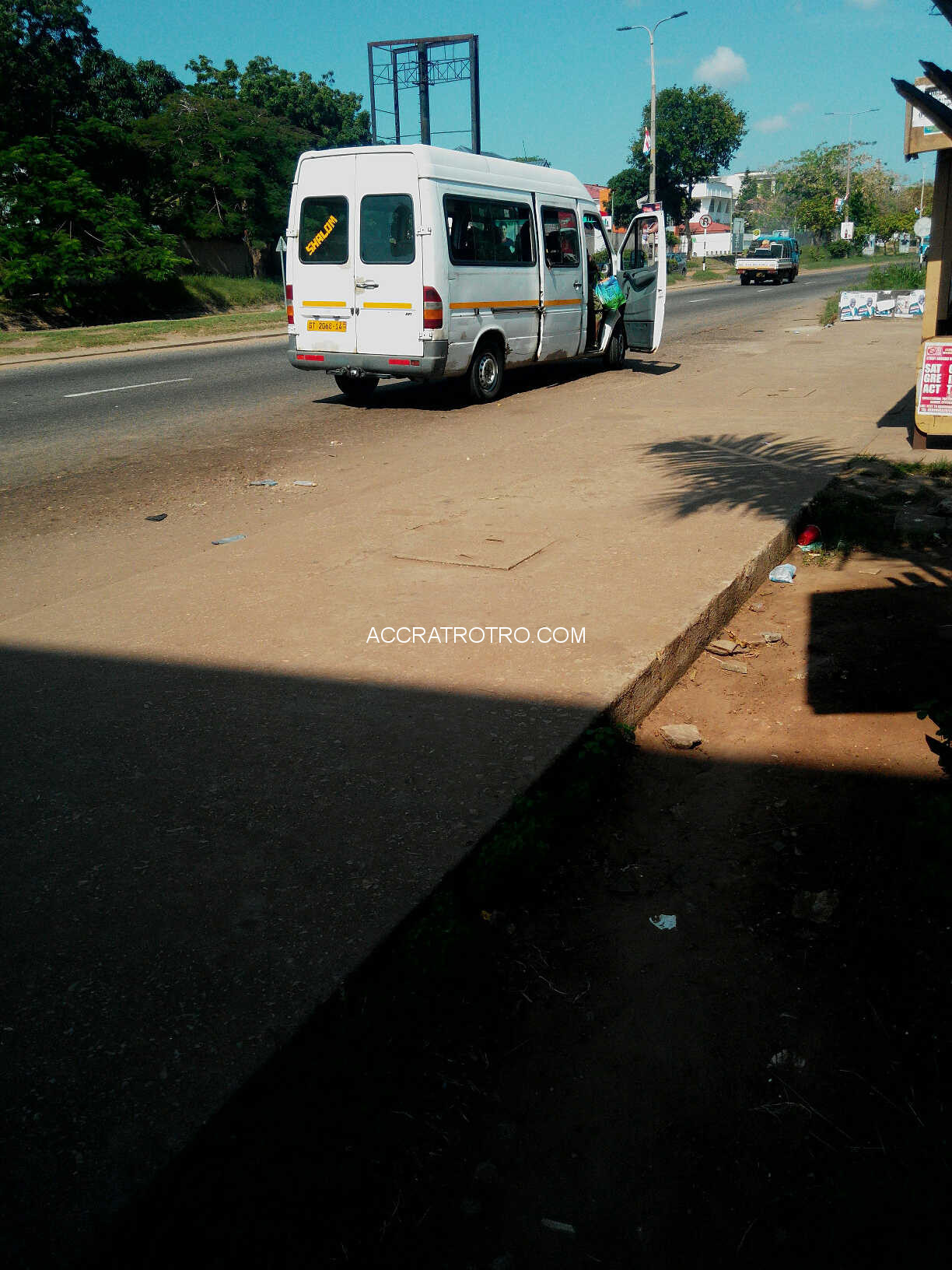Many trotro bus stops in Accra are not purpose built structures. A lot are just public spaces along roads, street, lanes and popular landmarks. Where the stop is designated at a point of interest, the name of the structure or service becomes the name of the stop.
ABOUT CITY BUS STOPS
The city bus stop: a seemingly mundane fixture in the urban landscape. Often overlooked and taken for granted, it’s much more than just a place to wait for a ride. It’s a microcosm of city life, a temporary stage where stories briefly unfold, and a silent observer of the daily rhythm of our bustling metropolises.
DESIGN
From the sleek, modern shelters in affluent areas to the battered, graffiti-laden benches in less privileged neighborhoods, bus stops reflect the character and disparities of the communities they serve. They are often the first point of contact for visitors, offering a glimpse into the city’s personality, both good and bad.
But regardless of their aesthetics, the primary purpose remains the same: providing a designated place for commuters to access public transportation. They are vital arteries in the city’s circulatory system, connecting individuals to work, education, healthcare, and social opportunities. A well-maintained and strategically placed bus stop can significantly improve accessibility and convenience for residents, especially those who rely on public transport as their primary mode of transport.
SOCIAL FUNCTION
Beyond their functional role, bus stops are unique social spaces. They are temporary meeting points for people from all walks of life, united by the shared goal of catching the next bus. You’ll find the harried office worker catching up on emails, the student buried in textbooks, the elderly woman clutching her shopping bags, and the young parent wrangling a toddler. Silent interactions and fleeting observations abound. Maybe a sympathetic smile is exchanged when the bus is late, or a helping hand offered to someone struggling with heavy luggage. These small acts of human connection, though often unnoticed, contribute to a sense of community and shared experience.
The bus stop also serves as a canvas for urban expression. Advertisements plaster the walls, vying for attention with colorful posters announcing local events. Graffiti, both artistic and destructive, tells its own story, bearing witness to the city’s undercurrents and unspoken narratives. The layers of stickers, peeling paint, and faded messages paint a rich tapestry of urban life, reflecting the evolving cultural landscape of the city.
CRITICISMS
However, the experience of waiting at a bus stop isn’t always positive. Safety concerns often plague these public spaces, especially at night. Poor lighting, lack of security cameras, and the presence of loitering individuals can create an atmosphere of unease, particularly for women and vulnerable populations. Addressing these concerns through improved infrastructure, increased police patrols, and community initiatives is crucial to ensuring that bus stops are safe and welcoming spaces for everyone.
Furthermore, accessibility remains a significant challenge. Many older bus stops are not equipped with ramps or accessible seating, making it difficult for individuals with disabilities, elderly people, and parents with strollers to use public transportation. Upgrading existing infrastructure and incorporating universal design principles in new construction are essential steps towards creating a more inclusive and equitable transportation system.
FORECAST
The future of the city bus stop is likely to be shaped by technological advancements and evolving urban trends. Smart bus stops, equipped with real-time information displays, Wi-Fi access, and even charging stations, are becoming increasingly common. These innovations enhance the user experience and make public transportation more attractive to a wider range of commuters.
Moreover, as cities become more focused on sustainability and reducing carbon emissions, bus stops are playing a growing role in promoting eco-friendly transportation. Some bus shelters are now equipped with solar panels, generating clean energy to power lighting and electronic displays. Others feature green roofs, providing a small patch of nature in the concrete jungle and improving air quality.
The city bus stop is a seemingly unassuming but vital element of urban life. It’s a functional hub, a social microcosm, and a canvas for urban expression. While challenges related to safety, accessibility, and infrastructure remain, the ongoing efforts to modernize and improve bus stops are transforming them into more comfortable, convenient, and sustainable public spaces.
By paying closer attention to these often-overlooked fixtures, we can gain a deeper understanding of the complexities and nuances of our cities and work towards creating a more equitable and accessible urban environment for all. The next time you find yourself waiting at a bus stop, take a moment to observe the people, the surroundings, and the stories unfolding around you. You might be surprised by what you discover.
